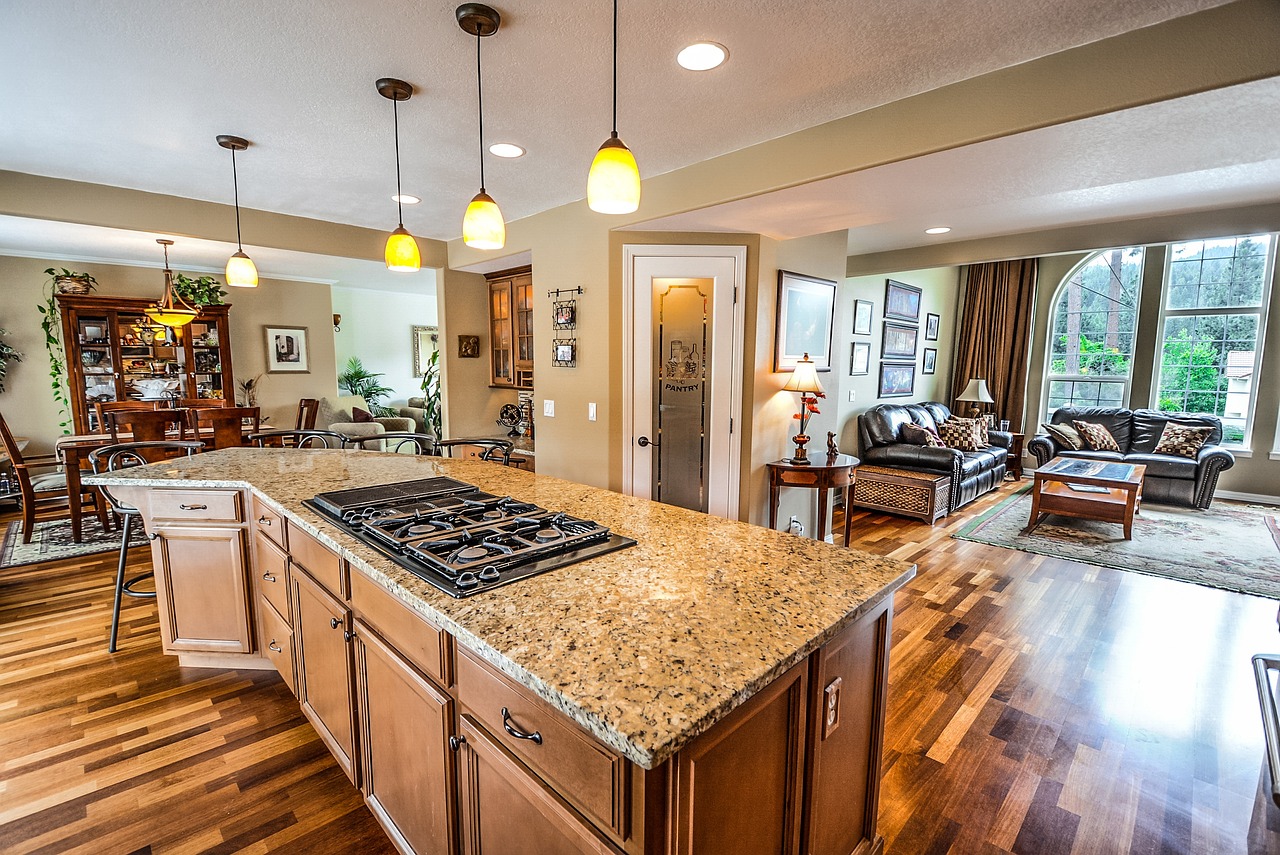Kitchen remodeling is a practical way to improve both the functionality and appearance of a home. It involves updating key elements like cabinets, countertops, lighting, and layout to create a space that better suits daily needs and personal style. A successful kitchen remodel balances efficiency, aesthetics, and budget to enhance the overall value and usability of the home.
Many homeowners start by identifying their priorities, whether that’s more storage, modern appliances, or a fresh design. Incorporating current trends and smart layouts can make the kitchen more comfortable and productive. Careful planning and selecting the right materials help avoid costly mistakes and ensure a smooth renovation process.
In any remodel, small details like backsplash designs, hardware styles, and lighting can significantly impact the final look. Combining these elements with practical updates transforms the kitchen into a well-organized and inviting space that fits the lifestyle of the household.
Kitchen Remodeling Planning
Careful planning is crucial for a successful kitchen remodel. This involves understanding financial limits, identifying practical needs, deciding on an appropriate design, and choosing trustworthy professionals.
Setting a Realistic Budget
A clear, realistic budget sets the foundation for the entire project. It should include costs for materials, labor, permits, and unexpected expenses. Experts recommend allocating about 10-20% of the home’s value for a kitchen remodel, but personal financial limits take priority.
Breaking down the budget by categories helps maintain control. Typical categories include cabinetry, appliances, countertops, flooring, and labor. It’s important to prioritize spending based on which elements impact function and aesthetics the most.
Setting aside a contingency fund of 10-15% ensures the project can handle surprises without delays. Tracking expenses regularly keeps the remodel on budget.
Assessing Kitchen Needs and Goals
Identifying how the kitchen will be used guides the remodel’s scope. This includes considering the number of users, cooking habits, storage requirements, and the need for dining or social space.
Functionality often dictates layout choices. For example, a family that cooks frequently may prioritize counter space and appliance upgrades. Those entertaining guests might focus on an open floor plan and seating areas.
Practical needs such as lighting, ventilation, and ease of cleaning should also be evaluated. Making a list of “must-haves” versus “nice-to-haves” clarifies priorities early on.
Selecting a Design Style
Choosing a cohesive design style ensures the kitchen feels intentional and unified. Common styles include modern, traditional, farmhouse, and transitional.
This decision affects the choice of materials, cabinetry, colors, and hardware. For instance, sleek surfaces and minimalistic hardware suit modern kitchens, while warm wood tones and ornate details fit traditional ones.
Considering the style of the rest of the home promotes visual harmony. It also helps in selecting durable materials that match lifestyle needs.
Hiring Reliable Contractors
Finding skilled and trustworthy contractors prevents costly mistakes and delays. Recommendations from friends, online reviews, and verified credentials are good starting points.
Interviewing several candidates helps assess experience, communication, and transparency. Checking references and inspecting past work verifies quality.
Clear contracts outlining scope, timeline, payment schedule, and responsibilities protect all parties. Maintaining regular communication throughout the project ensures expectations are met.
Executing a Successful Kitchen Remodel
A successful kitchen remodel requires careful selection of materials, strategic upgrades to cabinets and countertops, thoughtful lighting and appliance choices, and optimizing storage and workflow. Each element contributes to a kitchen that is both functional and visually appealing.
Choosing Quality Materials and Finishes
Selecting durable, high-quality materials is essential for longevity and maintenance ease. Hardwoods like oak or maple work well for flooring and cabinetry due to their strength. For countertops, options such as quartz, granite, or solid surface materials resist scratches and stains better than laminate.
Finishes should complement the kitchen’s style while withstanding daily use. Matte or satin finishes often show less wear and fingerprints than glossy ones. It is also important to choose moisture-resistant paints and sealants, especially in humid or high-use areas like around sinks and cooking zones.
Upgrade Options for Cabinets and Countertops
Replacing or refacing cabinets can dramatically change the kitchen’s look and function. Soft-close hinges, pull-out shelves, and built-in organizers enhance convenience and accessibility. Choosing cabinets with adjustable shelving allows customization for varying storage needs.
Countertop upgrades can improve durability and aesthetics. Quartz is low maintenance and available in diverse styles. Granite offers a natural and classic look but needs periodic sealing. For budget-friendly options, engineered stone or high-quality laminate can deliver style and resilience.
Modernizing Lighting and Appliances
Lighting should combine task, ambient, and accent types to create a balanced environment. Under-cabinet lights improve countertop visibility, while overhead LED fixtures provide overall brightness. Dimmable switches offer control over light levels for different moods and tasks.
Appliance upgrades focus on energy efficiency and technology. Modern refrigerators, ovens, and dishwashers typically consume less energy and offer smart features like Wi-Fi connectivity. Choosing built-in appliances can save space and create a cohesive look.
Improving Storage and Workflow
Optimizing kitchen storage increases efficiency and reduces clutter. Pull-out pantry shelves, corner carousels, and deep drawers for pots and pans maximize usable space. Vertical dividers can organize baking sheets and cutting boards neatly.
Workflow improvements include arranging work zones logically: storage, prep, cooking, and cleaning areas should be distinct but easily accessible. The classic “kitchen work triangle” concept—linking the sink, stove, and refrigerator—helps minimize unnecessary movement and speeds up meal preparation.






Leave a Reply